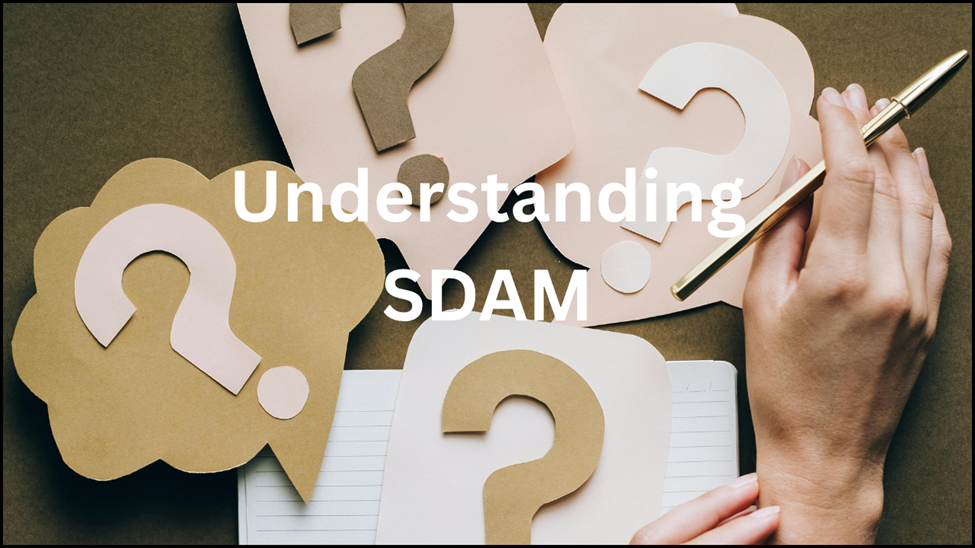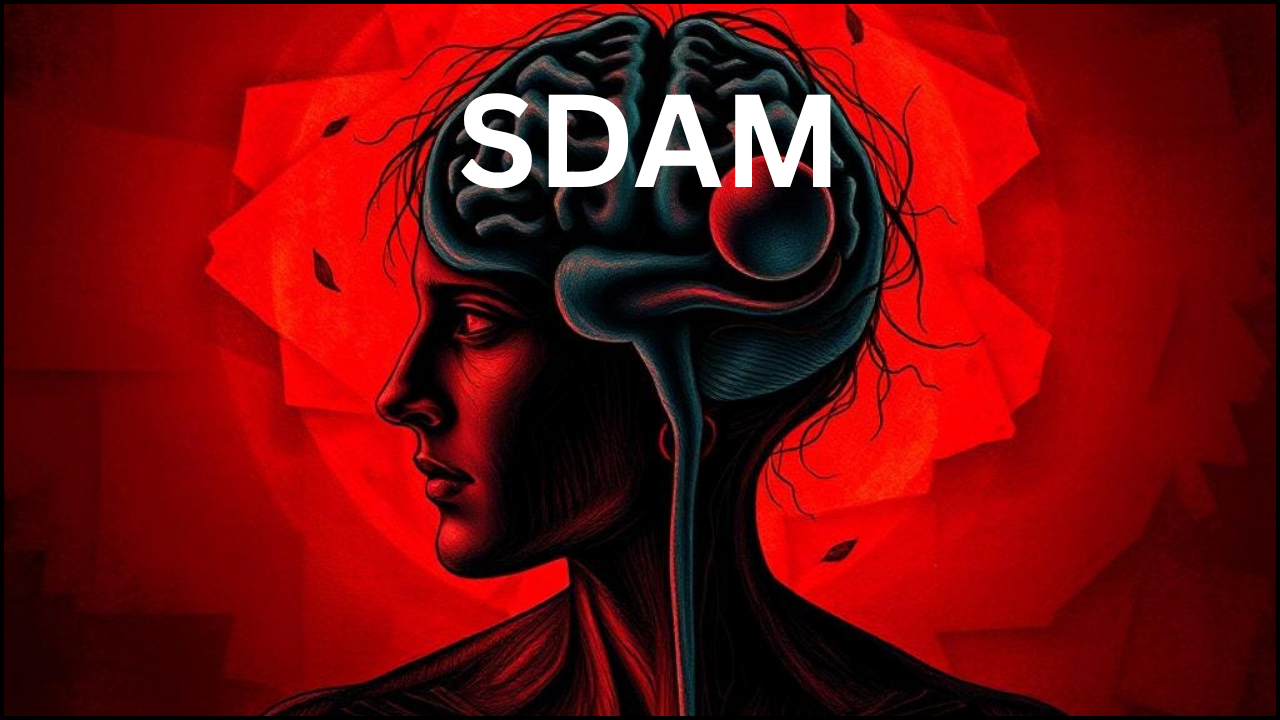Severely Deficient Autobiographical Memory (SDAM) is a fascinating and relatively newly recognized neurological condition characterized by a lifelong inability to vividly re-experience personal past events from a first-person perspective. Individuals with SDAM can recall factual information about their lives – names, dates, places, and what happened – but they lack the rich, sensory, and emotional “reliving” aspect that typically accompanies autobiographical memory. As of mid-2025, SDAM research continues to make strides, though it remains a relatively niche field.
SDAM Research: Defining a Unique Mnemonic Syndrome
The concept of SDAM was formally described in 2015 by a team of cognitive scientists, primarily led by Dr. Brian Levine and Dr. Daniela Palombo at the Rotman Research Institute at Baycrest and the University of Toronto. Their foundational work involved studying a small group of healthy, high-functioning individuals who reported this specific memory deficit. These individuals had no history of brain injury, neurological disease, or psychological disorder that could explain their condition, leading researchers to classify SDAM as a distinct mnemonic syndrome.

Early SDAM research utilized a combination of neuropsychological testing and neuroimaging techniques (such as fMRI and EEG) to identify the cognitive and neural underpinnings of the condition. Findings consistently showed that while factual memory (semantic memory) and general intelligence remained intact, individuals with SDAM exhibited reduced vividness, visualization, and recollection of personal events. Brain imaging revealed subtle differences, including reduced activation in midline brain regions associated with autobiographical memory processes (like mental time travel) and, in some cases, subtle volume reduction in the right hippocampus. This foundational SDAM research was crucial in establishing SDAM as a legitimate area of scientific inquiry.
Latest Research on SDAM: Unraveling the Mechanisms
The latest research on SDAM continues to build upon these initial findings, focusing on refining our understanding of its neural correlates and exploring its relationship with other cognitive conditions. A significant area of ongoing SDAM research investigates the link between SDAM and aphantasia – the inability to form mental images.
Many individuals with SDAM also report aphantasia, suggesting a potential shared underlying mechanism related to visual imagery and the re-experiencing of memories. Recent studies, including a February 2025 paper in the Journal of Cognitive Neuroscience, have explored individual differences in visual versus semantic neural reactivation in SDAM cases, finding that those with SDAM may compensate for impaired low-level visual memory through semantic recall. This highlights how people with SDAM navigate their lives successfully despite their unique memory profile.

Another active area of SDAM research is investigating the potential for different “types” of SDAM. Researchers are exploring whether there are subgroups of individuals with SDAM who might also exhibit links to other conditions like Attention Deficit Disorder (ADD), prosopagnosia (face blindness), or topographical amnesia. This granular approach to SDAM research aims to determine if SDAM is a single, homogenous condition or if it encompasses a spectrum of related memory deficits. The ongoing quest to identify specific biomarkers or neural signatures for SDAM remains a key objective in the field.
Buy SDAM Research Papers: Accessing the Scientific Literature
For those interested in delving deep into the scientific literature on SDAM, accessing published research papers is essential. Many papers are available through academic databases and journal websites. To buy SDAM research papers or accesses them:
1. PubMed
This is a primary resource for biomedical literature. Searching “Severely Deficient Autobiographical Memory” or “SDAM” on PubMed will yield relevant results. While some articles are open access, others may require a subscription or a one-time purchase.
2. Journal Websites
Many papers are published in neuropsychology and cognitive neuroscience journals (e.g., Neuropsychologia, Journal of Cognitive Neuroscience). You can often purchase individual articles directly from the publisher's website.
3. Academic Institutions
If you are affiliated with a university or research institution, you likely have access to a vast array of journals through your library's subscriptions, which is the most common way to access SDAM research without direct purchase.

4. ResearchGate / Academia.edu
Researchers often upload preprints or published versions of their work to these platforms. You might be able to find full texts or request them directly from the authors.
5. University Research Pages
Websites of research groups, like the Autobiographical Memory Study led by Dr. Brian Levine at Baycrest, often provide links to their published SDAM research and resources.
Given the relatively niche nature of SDAM, comprehensive review articles are particularly helpful for gaining an overview of the field without needing to purchase numerous individual papers.
SDAM Research Updates and SDAM News: Staying Informed
Staying current with SDAM research updates and SDAM news can be challenging due to the specialized nature of the field. However, several avenues offer insights:
1. Academic Conferences
Presentations at neuroscience, psychology, and memory research conferences often feature the latest, unpublished SDAM research. While attending might be difficult, conference programs and abstracts are often publicly available.
2. Research Group Websites
The official websites of leading SDAM research groups (like the one at Baycrest) are often the best source for updates on ongoing studies, recruitment for new projects, and recent publications.
3. Reddit Communities
Surprisingly, online communities like r/SDAM on Reddit often serve as a valuable space for individuals with SDAM and interested parties to share anecdotal experiences, discuss research, and even highlight newly published papers or news articles. While not a peer-reviewed source, it reflects the community's interest in SDAM.
4. Science Communication Platforms
Occasional articles in science news outlets (like ScienceDaily, as seen with early SDAM announcements) might cover significant breakthroughs, making SDAM more accessible to the general public.
PubMed SDAM: A Central Repository
As mentioned, PubMed is the most comprehensive and authoritative database for finding peer-reviewed articles on SDAM. A search for “Severely Deficient Autobiographical Memory” will provide a list of relevant publications, including the seminal papers that first described the condition and more recent studies exploring its cognitive and neural aspects. Utilizing PubMed's filters for publication date, authors, and keywords can help narrow down results to find the most current and specific SDAM research relevant to your interests. It's a critical tool for anyone serious about understanding the scientific basis of SDAM.
US and UK SDAM Research: Global Contributions
While the initial groundbreaking SDAM research primarily originated from Canada (University of Toronto/Baycrest), researchers in the US and UK have also contributed to the growing body of knowledge on SDAM.

1. US SDAM Research
Several US-based institutions and researchers have collaborated with Canadian teams or initiated their own studies on SDAM. For example, some individuals described in early SDAM papers were from the US. Researchers in memory and cognitive neuroscience departments across US universities contribute to the broader understanding of autobiographical memory deficits, including those relevant to SDAM. Given the significant funding available for neuroscience research in the US, continued growth in US SDAM research is anticipated.
2. UK SDAM Research
The UK has also seen interest in SDAM, with some of the initial case studies including individuals from the UK. Researchers at UK universities, particularly those specializing in cognitive psychology and neurology, contribute to the exploration of different memory syndromes. Groups like those at the University of Exeter and University College London, which have strong programs in cognitive neuroscience and memory, may conduct or collaborate on SDAM research. The British Psychological Society has also published articles discussing SDAM, indicating academic engagement within the UK.
The collaborative nature of modern science means that SDAM research is often an international endeavor, with researchers from various countries contributing to a shared understanding of this intriguing condition. As awareness of SDAM grows, so too does the potential for more widespread research efforts globally.








